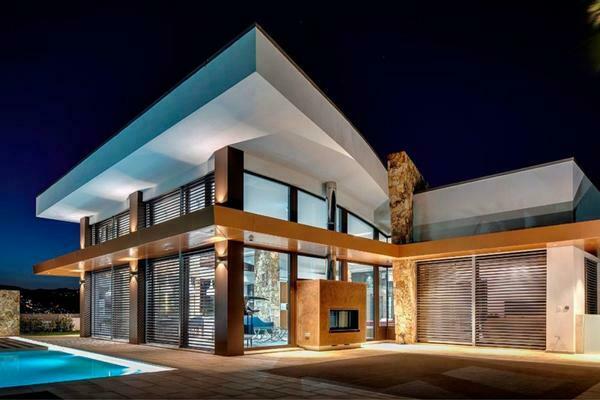Nowadays, many people are considering renovating or changing their homes according to their needs. Lack of space, ventilation problems, insulation issues, energy-saving in-home bills, and even climate awareness are reasons why many Spaniards are already opting for a more sustainable home.
Also known as Passivhaus. the Passive House standard is based on a building or house type that uses bioclimatic architecture resources to achieve energy efficiency.
This type of architecture ensures a comfortable indoor temperature throughout the year without the need for conventional heating.
More than one third of household energy consumption comes from heating. The success of passive houses lies in the high insulation of the building envelope. It is possible to achieve an 87% reduction in energy consumption compared to conventional construction.
Standard Characteristics: what makes a Passive House
The main characteristic of a passive house is orientation. Depending on the climatic zone where we want to locate the house, the construction or renovation should be done in a specific direction. Generally, south orientation is the most common. Thanks to optimal solar orientation, the house meets all the requirements of sustainable architecture. This allows for maximum utilization of solar energy.
Considering the orientation, the following are the basic characteristics of a passive house:
- Thermal insulation creates limited heat losses and temperature changes.
- Windows and doors are the weak points of any construction in terms of heat or cold loss.
- Air tightness control increases comfort and reduces losses.
- Elimination of thermal bridges reduces heat loss and prevents pathologies such as mold.
- The ventilation system with heat recovery is achieved through the installation of a double-flow mechanical ventilation system that ensures air quality.
Additional tips for making your home sustainable
Even if you don’t have a passive house, there are some renovations you can do to make your home more sustainable and energy-efficient. The key is to take advantage of natural conditions to minimize climate impact and save more energy.
To achieve energy efficiency, the use of renewable energy is essential. For this, it is necessary to understand the needs and analyze the opportunities offered by each home.
- The most popular renewable energy source at the moment is solar energy, so installing solar panels is a good option for self-consumption if the house allows it.
- Insulate the roof, walls, and floors with suitable and efficient materials.
- Install double and triple-glazed windows to thermally and acoustically insulate the house.
- Electricity subscription: Many people contract electric power without considering consumption.
- Choose natural and non-toxic colors.
- Replace halogen lamps with LED lamps: A halogen lamp consumes 50W per lamp. However, LED lamps consume only 6W.
Some frequently asked questions
Do I need permission from the neighbors?
Approval is only required if common areas are affected. However, it is recommended to inform the neighbors about the work being carried out.
What is photovoltaic self-consumption?
It is a form of energy production in which individuals generate part of their electricity through the installation of solar panels.
Can we build a passive house during a renovation job?
The Passive House standard also applies to renovations or remodels, as well as new buildings.

